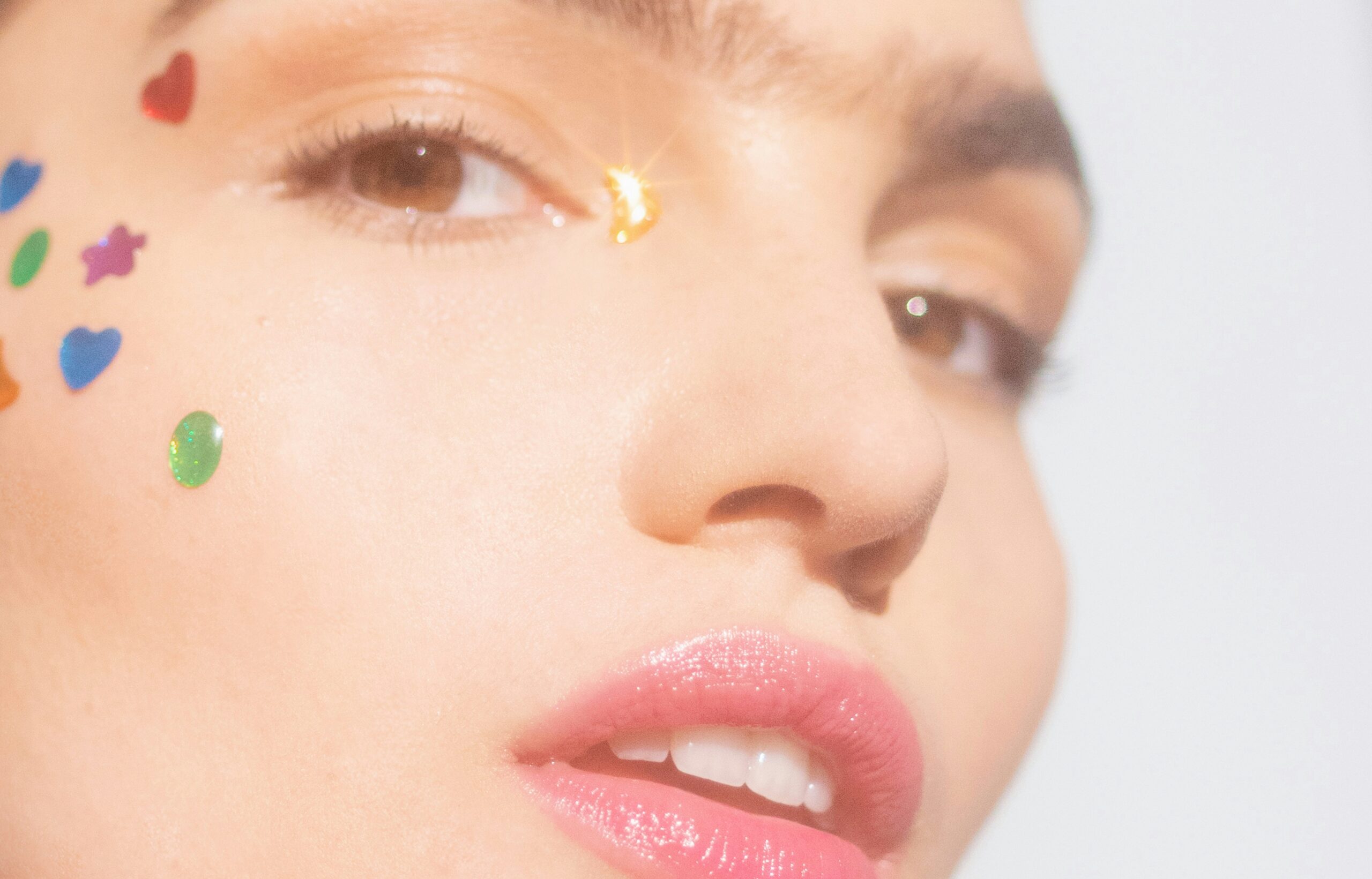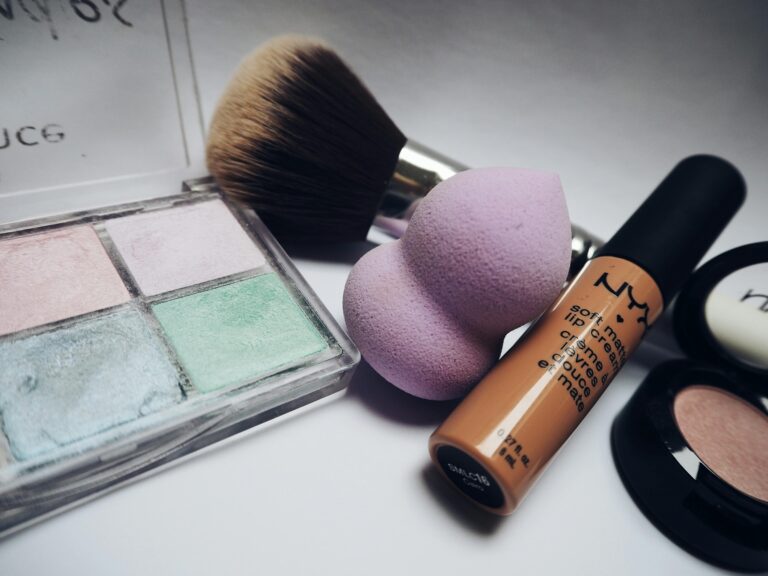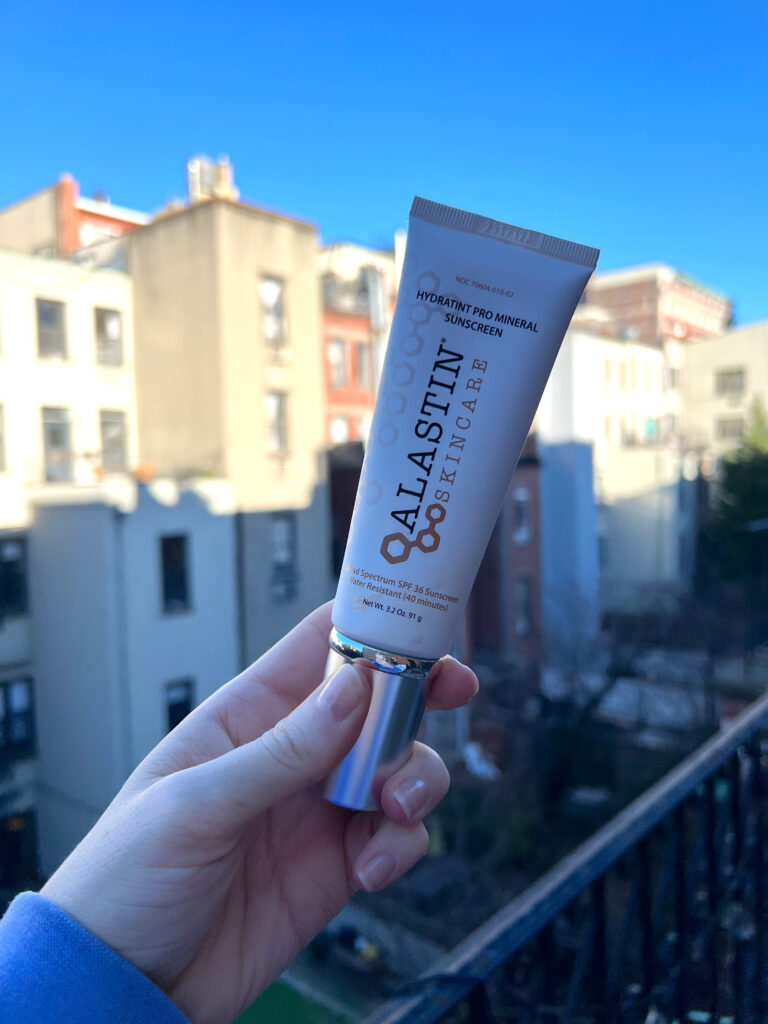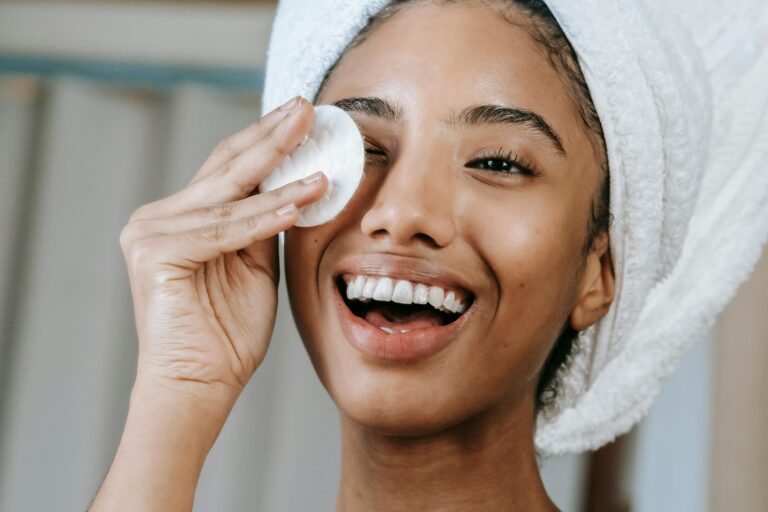How To Cover Pimples Without Makeup — Or, At Least, Reduce Their Size and Redness
If you want to wear a fresh face but have some blemishes, you might find yourself wondering how to cover pimples without makeup. It’s one of those skin woes that shows up at the worst times—right before a date, an interview, or a long-awaited party. Pimples, zits, and acne breakouts have a sneaky way of showing up uninvited, and they can totally mess with your confidence. Whether it’s a red bump, a whitehead, or something cystic, it’s normal to want to make it disappear; or at least hide it. And while makeup might be the go-to for many, it’s not always the best or only option.
Covering pimples with makeup often feels like the fastest fix. We’ve all done it: dabbing on concealer or foundation to tone down a breakout. But while makeup products can mask a blemish temporarily, they may also aggravate the problem. Foundations, powders, and even certain primers can clog your pores, trap bacteria, and mix with oil, which can lead to even more pimples. And if you forget to wash your face before bed? That leftover makeup could seriously backfire. That’s why sometimes, it’s worth exploring smarter, skin-friendly ways to hide pimples—without relying on makeup.
In this post, we’re breaking down exactly how to cover pimples without makeup in five easy steps—no cakey concealer or full face needed.
How to Cover Pimples Without Makeup
If you’re over the cover-up routine, this guide is for you. We’re sharing effective ways to calm inflammation, reduce redness, and physically cover up breakouts using non-makeup methods. From spot treatments to patches and even a trusty ice cube trick, here’s how to hide pimples without irritating your skin.
What Causes Pimples?
Understanding what triggers pimples is the first step in preventing them. Here are three common culprits that can lead to breakouts:
1. Clogged Hair Follicles
Your skin naturally sheds dead skin cells, and when those mix with oil, they can block your hair follicles. This creates the perfect environment for bacteria to thrive, leading to pimples or even more serious acne. To prevent this, try exfoliating regularly (but gently) with salicylic acid to help prevent build-up.
2. Hormonal Fluctuations
Hormones—especially androgens—can boost oil production, which can clog pores. This often happens during puberty, menstrual cycles, pregnancy, or periods of stress. If you don’t already, track your cycle to see if you have more acne flare-ups then. If you do, the next step is adjusting your skincare routine during those times.
3. Dry Skin
It may sound counterintuitive, but dry skin can also lead to pimples. When your skin lacks moisture, it tries to compensate by overproducing oil, which clogs pores. If you’re looking for the best skincare for dry, acne-prone skin, know that it has equal parts to do with hydration and moisturization.

Does Makeup Make Pimples Worse?
The short answer? Yes, sometimes it does. Makeup can trap oil, dirt, and bacteria against the skin—especially if you’re not cleaning your brushes or removing everything properly. Even non-comedogenic products can cause issues if they’re layered on top of inflamed or broken skin. Leaving makeup on overnight is almost guaranteed to clog your pores, inflame your hair follicles, and create new pimples. So if you’re currently breaking out, going makeup-free—even temporarily—might help your skin recover faster.
How To Hide Pimples Without Makeup
Let’s get into the good stuff. Here’s how to cover pimples without makeup—using skin-friendly methods that work.
1. Wear Pimple Patches
Hydrocolloid patches are a game-changer when it comes to hiding pimples. They come in clear, matte, or even fun star-shaped designs and act as a protective barrier while absorbing gunk from your zit. Not only do they reduce inflammation, but they also prevent picking. If you’ve ever wondered, Do pimple patches actually work?, the answer is a resounding yes.
2. Apply Spot Treatments
Spot treatments with ingredients like benzoyl peroxide or salicylic acid can speed up healing and reduce redness. Some are clear gels that dry quickly, making them great for daytime use. Look for formulas that target both bacteria and inflammation. To make sure your spot treatment is effective, dab it on after washing your face. Then, let it dry completely before layering on other skincare.
3. Use an Ice Cube
An ice cube won’t completely hide a pimple, but it can significantly reduce swelling and redness. Wrap it in a clean paper towel and gently press it onto the spot for 30-second intervals. Three to four times is my sweet spot, but you should still eyeball it. This reduces blood flow to the area and helps calm the blemish’s appearance before a big event.
4. Take Doxycycline
If your breakouts are frequent and severe, it may be time to consider a prescription treatment. Doxycycline is a commonly prescribed oral antibiotic that fights acne-causing bacteria from the inside out. Are you now asking, How long does it take doxycycline to work for acne? It usually takes a few weeks, but results can be transformative.
5. Keep Your Skin Clean and Balanced
This isn’t the most exciting tip, but it’s foundational. Always wash your face—especially after sweating, exercising, or wearing sunscreen. Stick to a gentle, non-stripping cleanser and avoid over-washing, which can dry out your skin and cause more oil production. Follow up with a lightweight moisturizer and skip any harsh or heavily fragranced products.
The bottom line is that if you have skin, you’ll get pimples. But with the right tools and habits, you can treat and even hide them—without reaching for makeup products. Whether you’re dealing with one pesky zit or an unexpected breakout, these five non-makeup methods can help you feel more confident and in control of your skin. Even if some are more instantaneous than others.
And remember: treating the cause is just as important as treating the surface. Stay consistent with your skincare, hydrate, and resist the urge to pick at your pimples.








